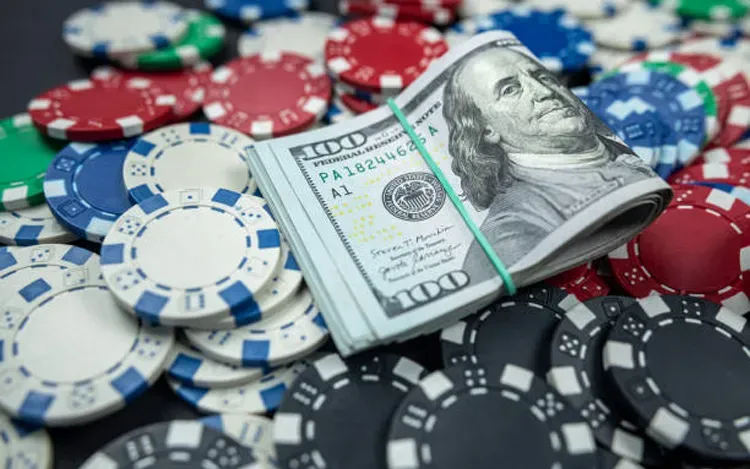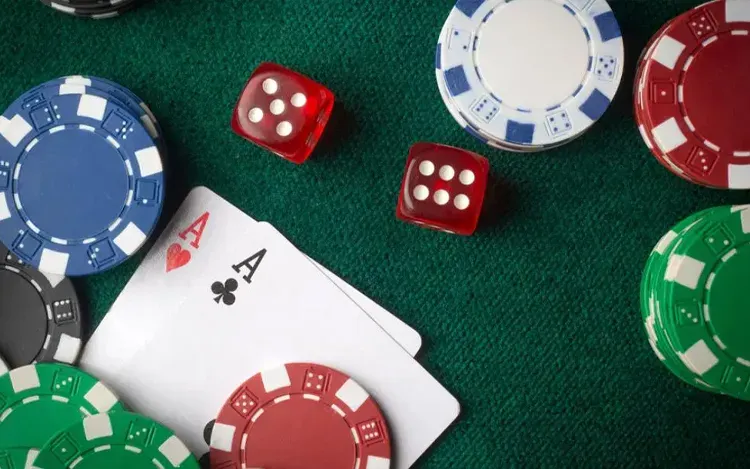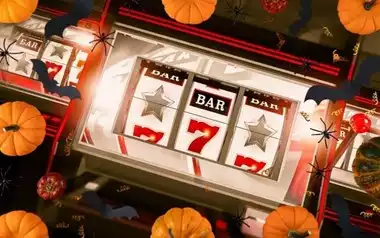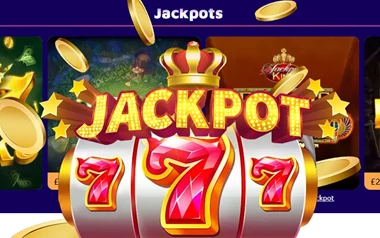There’s something undeniably captivating about casino gambling chips. Whether stacked high beside a poker pro or sliding across the felt with dramatic flair, these brightly coloured tokens are more than mere placeholders for cash. They symbolise luck, strategy, and style in a world where fortunes shift with the turn of a card or the spin of a wheel. For many, chips are the heartbeat of the gaming floor—tactile proof of a player’s progress, prowess, or peril.
But these tokens are not just for show. Their colours, sizes, and even materials are steeped in purpose and tradition. Every chip tells a story—of its value, of its table, and even of its casino. While some are worth mere pounds, others represent thousands in sleek, high-stakes style. Understanding their design and function can add a surprising level of sophistication to your gambling experience, whether you’re on the floor in Mayfair or exploring the best gambling sites from your sofa.
This guide will delve into the origins, meanings, and mechanics of casino chips. We’ll explore how colours correspond with value, why different materials matter, and how chips differ across games and venues. Whether you’re a curious newcomer or a veteran looking to refine your knowledge, we’re about to unpack the colourful language of casino currency.
Our recommended online casino sites.
From Clay to Cash: The History Behind the Chips
Long before neon signs and blackjack tables, gamblers exchanged whatever they had on hand—gold coins, jewellery, or even IOUs. As casinos began to flourish in the 19th century, particularly in the saloons of the American West, there arose a pressing need for standardisation. Enter the humble chip—a small, round, easily handled token used to represent real money.
Originally made from materials like ivory, bone, or wood, early chips varied wildly in size and weight. Over time, casinos shifted to clay composites and ceramic blends for improved durability and counterfeit resistance. These materials also offered better stacking, clearer designs, and a satisfying tactile quality that players came to associate with the gambling experience.
Today’s chips are marvels of both security and design. Embossed logos, UV markings, RFID tags, and intricate edge spots all help to prevent fraud while enhancing the visual appeal. Though they may feel like playful toys, modern chips are meticulously engineered pieces of casino culture—each one a blend of function, flair, and finance.
Seeing Red (and Blue and Black): The Colour Code of Casino Chips
If you’ve ever walked into a casino and marvelled at the rainbow of chips cascading across a roulette table, you’ve already glimpsed the unwritten code of casino colours. While chip values can vary slightly by country or establishment, there is a general standard when it comes to colour coding.
In most Canadian and international casinos, white chips are typically worth $1, while red often indicates $5. Green usually represents $25, black is reserved for $100, and purple may carry a value of $500. At the top end, yellow or orange chips might represent $1,000 or more, typically found in high-limit rooms and elite events.
The colour system is designed to be instantly recognisable at a glance, both for the player and the dealer. This visual language enhances the speed of play, reduces confusion, and increases the atmosphere of sophistication on the gaming floor. It also adds a visceral thrill when a player slides forward a tower of black chips, each worth $100—more than enough to quicken the pulse of the casual gambler.
Chips vs Cash: Why Casinos Prefer Tokens
One might wonder why casinos even bother with chips when cold, hard cash is already a universal medium. The answer lies in a blend of psychology, security, and pure practicality. Chips, by design, are easier to handle, count, and stack than notes or coins. They allow games to move quickly and reduce errors in betting and payouts.
Psychologically, using chips instead of money creates a slight but powerful disconnect. Players are often more willing to bet $100 in chips than the same amount in physical banknotes. This abstraction softens the sting of loss and amplifies the thrill of risk, leading to more extended play sessions and increased wagering.
Casinos also find chips easier to track and secure. High-value chips can be embedded with microchips to detect movement, verify authenticity, and prevent theft. On the floor, surveillance teams can easily monitor chip exchanges and patterns of play, ensuring a fair and controlled environment.

Chips vs Cash Why Casinos Prefer Tokens
Bringing Chips Online: Virtual Tokens and Digital Adaptations
While physical chips reign supreme in land-based venues, online casinos have created their own digital equivalents. In virtual games, chips appear on-screen in their familiar hues and denominations, offering players the same visual cues and betting structure they’d encounter in a brick-and-mortar establishment.
Some platforms even go a step further, using animated chip movements, sound effects, and visual stacking to enhance the realism of the gaming experience. Though you’re wagering with your bank balance or e-wallet in reality, the interface mimics traditional chip play, adding a layer of immersion that keeps the spirit of classic gambling alive.
In fact, many of the best Canadian gambling sites have worked hard to replicate the authentic casino atmosphere through advanced graphics and real-time interactions. From virtual poker rooms to live dealer roulette, digital chips continue to carry weight, even in cyberspace.
More Than a Token Gesture: Cultural Significance and Superstitions
Chips have also taken on cultural meanings beyond their monetary value. In poker circles, chip stacks are symbols of dominance and strategy, often used to intimidate or bluff opponents. Superstitions abound too—some players never bet with certain coloured chips, believing them to be unlucky, while others arrange their stacks in precise rituals.
Collectors also prize casino chips as mementoes or historical artefacts. Rare or discontinued chips from iconic casinos can fetch hundreds, sometimes thousands, of pounds on the collectors’ market. This subculture adds an unexpected twist to the otherwise transient nature of gambling tokens, imbuing them with nostalgia and narrative.
Even in films, chips are central to the drama—sliding across tables, representing the rise or fall of fortunes in one thrilling motion. Their presence is almost theatrical, a necessary prop in the grand performance that is the casino experience.

Final Stack Why Knowing Your Chips Matters
Final Stack: Why Knowing Your Chips Matters
Understanding the ins and outs of casino gambling chips does more than help you look the part at the table. It gives you practical knowledge about values, etiquette, and psychology that can enhance both your performance and your enjoyment. Whether you’re playing blackjack in Birmingham or poker in Piccadilly, knowing your reds from your greens—and when to push them forward—can make all the difference.
Chips are the currency of confidence in the casino world. They simplify gameplay, add excitement, and create a language all their own. From their colour-coded systems to their security features, chips are a masterclass in clever design and calculated behaviour.
So the next time you’re seated at a table, whether live or virtual, take a moment to appreciate those little discs of drama. They're not just tokens—they're the essence of the casino’s enduring charm.
For more insights into chip values, gambling etiquette, and how to get started at the best Canadian gambling sites, visit Gambling Zone—your guide to gaming that’s both smart and stylish.







